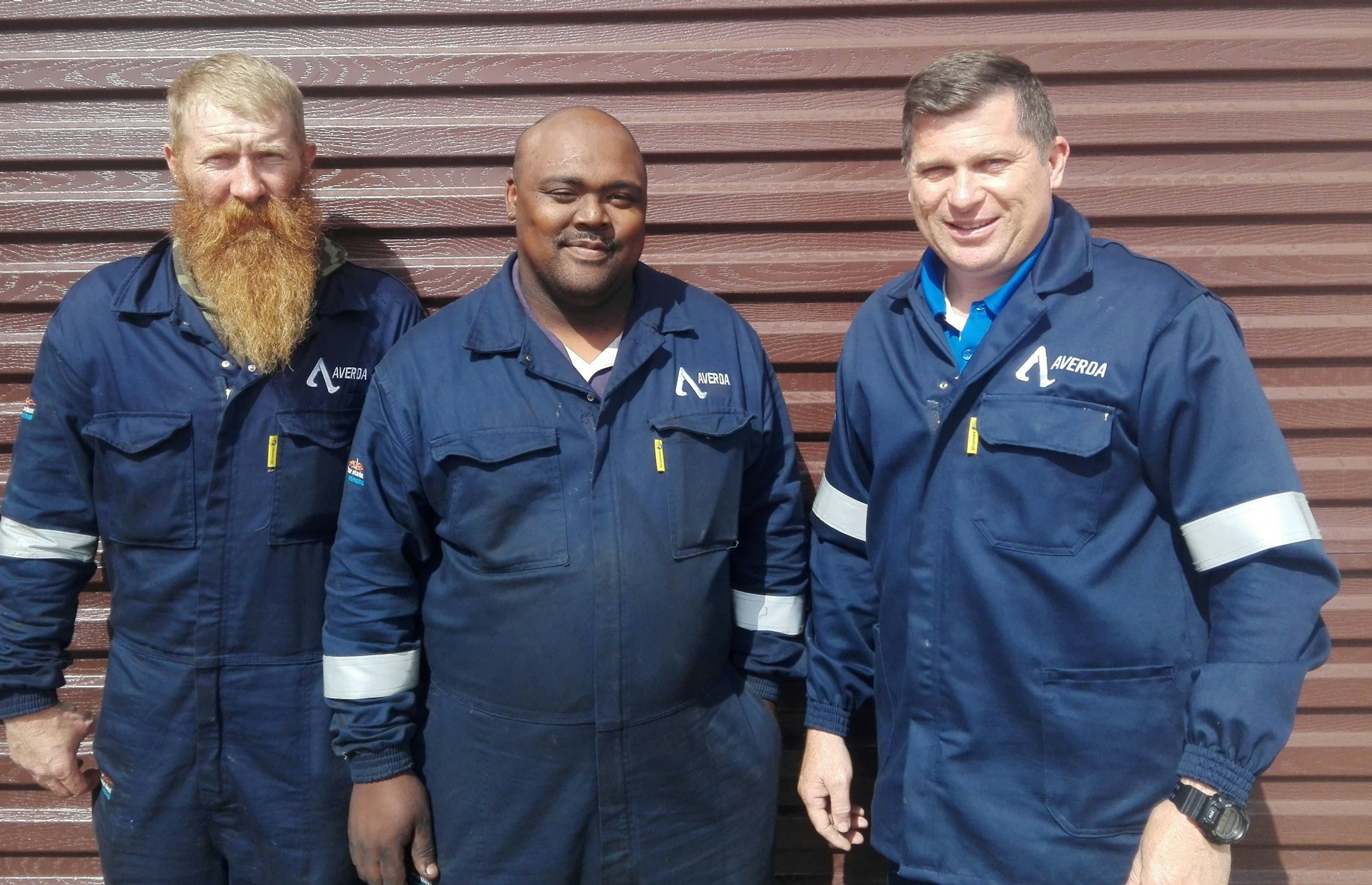The refuelling water storage (PTR) tanks have stored contaminated radioactive water for some 40 years and needed to be thoroughly cleaned before they were demolished and disposed of, as they were due for replacement.
“This is a phenomenal achievement by our team,” says Johan van den Berg, MD of Averda South Africa. “It was a tough assignment in one of the most hazardous environments you could imagine, and they exceeded the client’s expectations.”
The project was undertaken under contract from Lesedi Nuclear Services and required the Averda team to thoroughly clean two stainless steel tanks that stand 20m high and 12m wide. They are integral to the nuclear power station’s running, and the radioactive water it has stored could easily have contaminated the structure.
According to Lesedi, there is no record of any other project in which the inside of these tanks have been high-pressure hydro washed to remove radioactive particles and contamination.
The SIC team spent weeks preparing for the job to plan out with the finest detail, including a week of safety training before they travelled from Mossel Bay to the Koeberg Nuclear Plant.
This training had to be in-line with Koeberg’s stringent safety procedures and the Averda teams core focus was radioactive contamination and to keep that as low as possible.
The high degree of caution was not only to prevent exposure to any radioactive materials or surfaces, but especially because the tanks were still in place alongside the reactors.
Once all the preparations were completed, the three-day cleaning process could begin. The key was to remove all the remaining particles that could be radioactive from the inside of the tank.
To do this, the team started by suspending a 360° high-pressure nozzle into the tank for 12 hours. Only the following day did team members enter in specialist bubble suits to continue this process with hand-held high-pressure nozzles
says Van den Berg.
We could not have been happier with the results, as was Koeberg. The radiation in the tanks before we started was quite high, but when we were done there wasn’t a trace of any remaining radioactive particles.
Understandably, the safety of all staff was the first priority throughout the project, which is standard practice for Averda’s SIC team servicing major industrial clients throughout South Africa.



